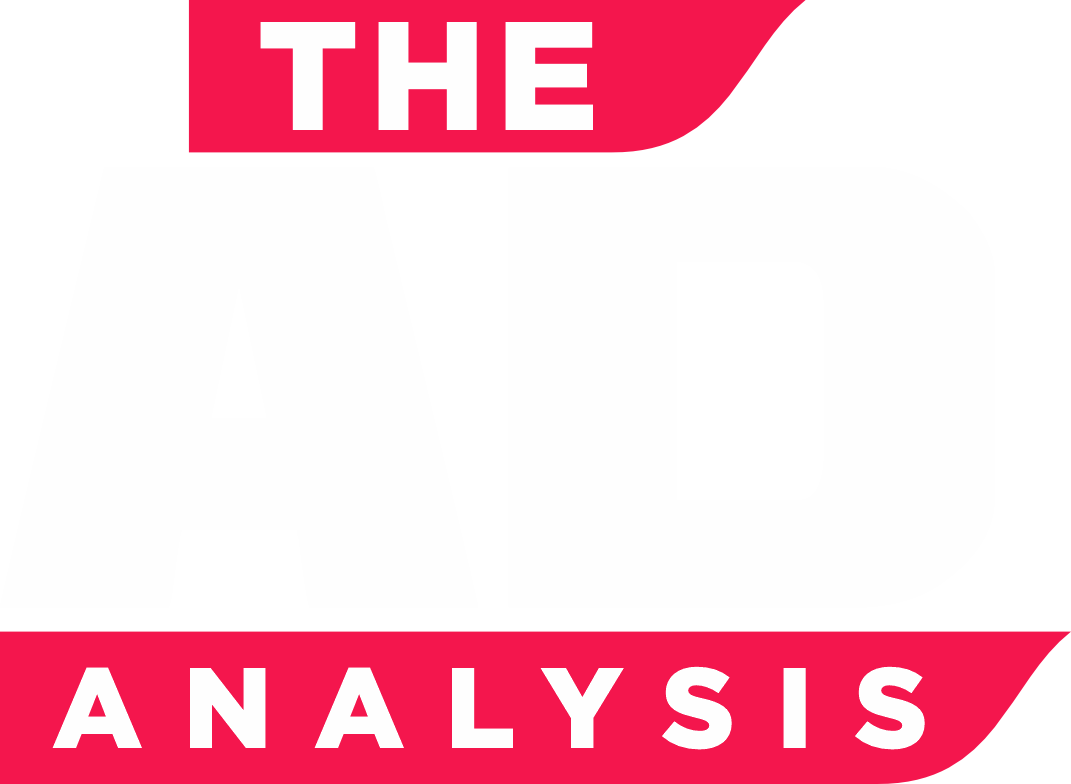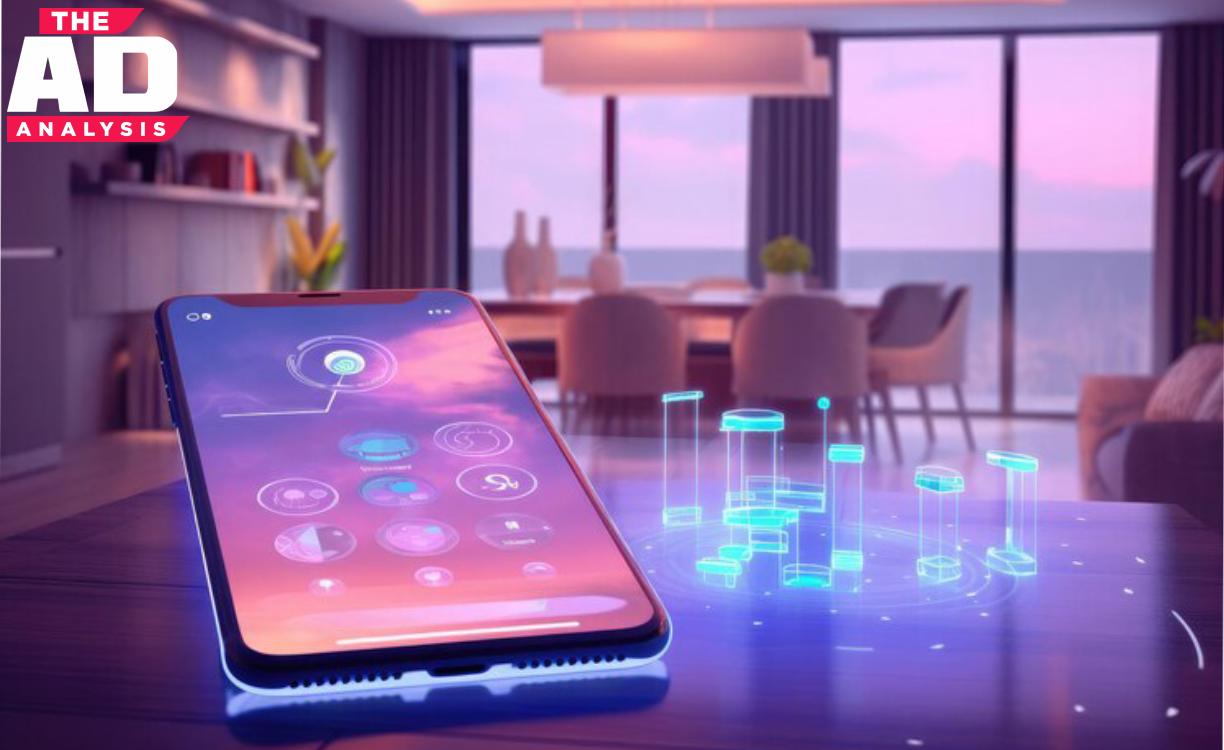The Internet of Things (IoT) is revolutionizing industries by connecting devices, automating processes, and enhancing efficiency across multiple sectors. As IoT technology advances, its impact on smart homes, healthcare, manufacturing, transportation, and cities continues to grow.
This guide explores the future of IoT in smart applications, key trends, benefits, and challenges shaping this transformation.
🔹 What is IoT?
IoT refers to a network of interconnected devices that collect, share, and process data through the internet. These devices range from smart home assistants (like Alexa) and wearable health trackers to industrial sensors and autonomous vehicles.
✔ Connectivity – Devices communicate over Wi-Fi, 5G, or Bluetooth.
✔ Automation – Sensors and AI-powered analytics make smart decisions.
✔ Remote Monitoring – Users and businesses track operations in real-time.
💡 IoT turns everyday devices into intelligent, data-driven systems.
🔹 The Future of IoT in Smart Applications
1️⃣ Smart Homes: The Next Level of Automation
🏡 Future homes will be fully connected ecosystems.
✔ AI-powered assistants will manage lighting, security, and energy usage.
✔ Smart appliances (fridges, ovens, HVAC systems) will optimize efficiency.
✔ IoT-integrated security cameras and door locks will enhance safety.
✔ Energy-efficient solutions will reduce electricity costs and carbon footprints.
🔹 Example: Future refrigerators will order groceries automatically when food runs low.
2️⃣ Smart Healthcare: Revolutionizing Patient Care
🏥 IoT is making healthcare more accessible and efficient.
✔ Wearable health devices (smartwatches, fitness trackers) monitor vitals 24/7.
✔ Smart pill dispensers ensure patients take medications on time.
✔ AI-powered diagnostic tools detect diseases early through IoT data analysis.
✔ Remote patient monitoring reduces hospital visits and enhances telemedicine.
🔹 Example: IoT-enabled pacemakers alert doctors of irregular heartbeats in real-time.
3️⃣ Smart Cities: Transforming Urban Living
🏙️ Cities will become more connected, sustainable, and efficient.
✔ Smart traffic lights will reduce congestion and accidents.
✔ IoT-powered waste management will optimize garbage collection.
✔ Environmental sensors will track air and water pollution in real time.
✔ Smart grids will manage electricity distribution for energy efficiency.
🔹 Example: Barcelona uses IoT-based streetlights that adjust brightness based on pedestrian movement.
4️⃣ Smart Manufacturing (Industry 4.0)
🏭 IoT is driving automation and predictive maintenance.
✔ Sensors in factories detect machinery issues before failures occur.
✔ AI-driven robots improve efficiency and reduce human errors.
✔ IoT-based supply chains track shipments and prevent delays.
✔ 3D printing and digital twins create virtual models for product testing.
🔹 Example: Tesla’s Gigafactories use IoT to optimize production lines and reduce waste.
5️⃣ Smart Retail: Enhancing Customer Experience
🛒 Retailers are using IoT for seamless shopping experiences.
✔ Smart shelves track inventory and alert staff when items run low.
✔ AI-powered checkout systems eliminate the need for cashiers.
✔ Personalized shopping recommendations based on IoT data.
✔ Augmented Reality (AR) try-on features for fashion and cosmetics.
🔹 Example: Amazon Go stores allow customers to shop without checkout lines.
6️⃣ Smart Agriculture: Precision Farming with IoT
🌾 Farmers are using IoT for real-time monitoring of crops and livestock.
✔ Smart irrigation systems adjust water usage based on weather data.
✔ IoT-enabled drones analyze soil conditions and crop health.
✔ Automated feeding systems optimize livestock nutrition.
✔ Blockchain integration ensures food supply chain transparency.
🔹 Example: John Deere’s smart tractors use IoT sensors for precision farming.
7️⃣ Smart Transportation: The Future of Mobility
🚗 IoT is shaping the future of transportation and logistics.
✔ Self-driving cars use IoT to navigate safely and avoid collisions.
✔ Smart parking systems guide drivers to available spots.
✔ Real-time GPS tracking optimizes fleet management.
✔ IoT-based public transport improves scheduling and efficiency.
🔹 Example: Tesla’s Autopilot system relies on IoT sensors for autonomous driving.
🔹 Key Trends in IoT Development
📡 1. 5G-Powered IoT – Faster and more reliable connections will enable real-time device communication.
🤖 2. AI and IoT Integration – AI-driven automation will enhance decision-making.
🔐 3. Enhanced Security & Privacy – More robust cybersecurity solutions to protect IoT data.
⚡ 4. Energy-Efficient IoT Devices – Longer battery life and eco-friendly designs.
💾 5. Edge Computing – Data processing closer to devices, reducing latency.
🔗 6. Blockchain for IoT Security – Secure, decentralized device authentication.
💡 By 2030, over 50 billion IoT devices are expected to be in use worldwide.
🔹 Benefits of IoT in Smart Applications
✅ Automation – Reduces human effort and increases efficiency.
✅ Real-Time Monitoring – Provides instant data insights for better decision-making.
✅ Cost Savings – Optimized energy use and predictive maintenance lower costs.
✅ Personalization – Smart devices tailor experiences based on user behavior.
✅ Improved Safety – IoT security systems and monitoring reduce risks.
🔹 Challenges of IoT Adoption
❌ Security Risks – IoT devices are vulnerable to hacking and cyber threats.
❌ Data Privacy Concerns – Continuous tracking may lead to personal data misuse.
❌ Interoperability Issues – Different IoT systems may struggle to communicate.
❌ High Initial Costs – Smart infrastructure and device setup require investment.
❌ Energy Consumption – Billions of devices increase power demands.
💡 Solution: AI-powered cybersecurity, blockchain authentication, and standardization of IoT protocols.
🔹 The Future of IoT: What’s Next?
🚀 1️⃣ Autonomous IoT Systems – AI-driven IoT devices will make real-time decisions without human intervention.
🚀 2️⃣ Digital Twins – Virtual models of physical objects for simulations and optimization.
🚀 3️⃣ AI-Powered IoT Assistants – More intelligent voice-controlled automation.
🚀 4️⃣ Smart Wearables Beyond Health – IoT-powered AR glasses and smart clothing.
🚀 5️⃣ IoT-Connected Smart Factories – Fully automated production lines with real-time analytics.
💡 IoT will be the backbone of smart cities, smart industries, and connected living.
🔹 Conclusion: IoT is Shaping the Future
The Internet of Things is evolving rapidly, driving efficiency, automation, and smarter decision-making across industries. From smart homes and healthcare to transportation and agriculture, IoT is making life safer, easier, and more connected.
🔹 Businesses that embrace IoT today will lead the next wave of digital transformation.



